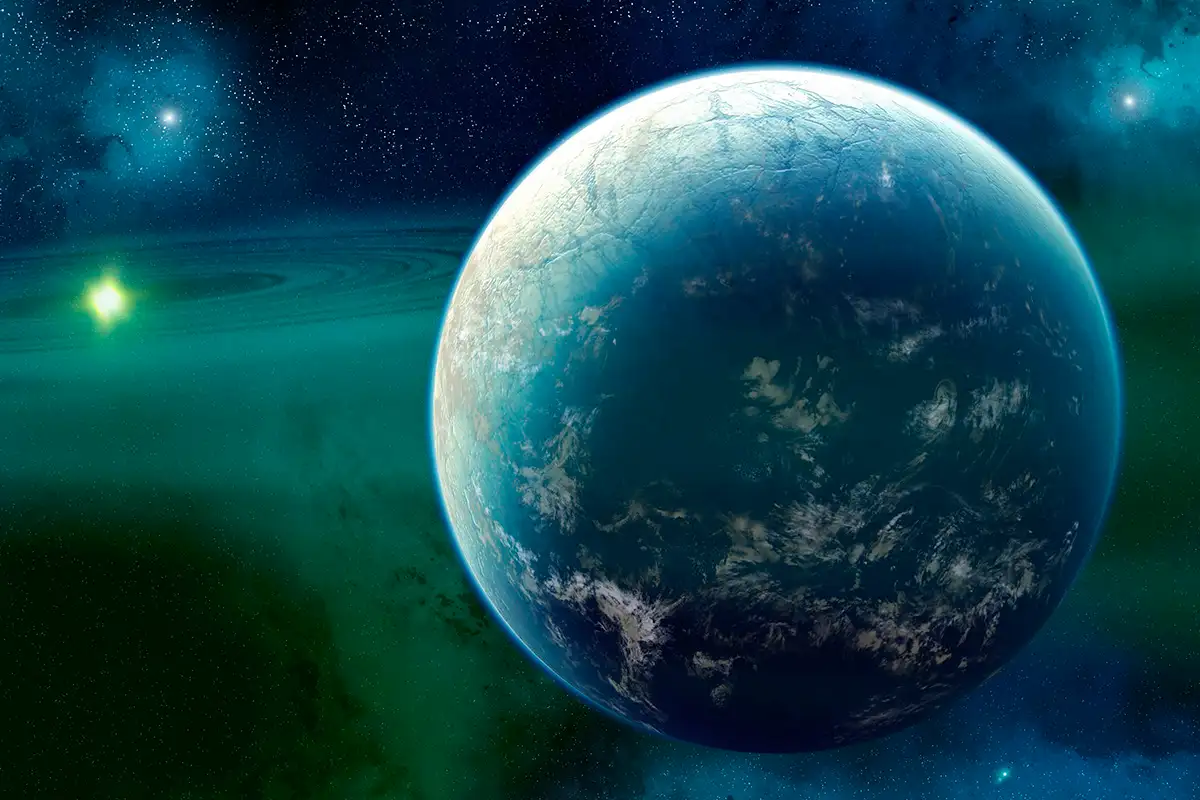The unknown mysteries of the universe are slowly being revealed. With the help of modern science, we have discovered exoplanets. Such exoplanets have many ingredients for life to develop.

In 2020, astrobiologists from Washington State University and the Technical University of Berlin began a new study of all planets. Its purpose is to find a suitable environment for living like Earth on other planets.
Searching the universe has found 24 such planets that have favorable environments for life to develop. A list containing the characteristics of these planets has been prepared.
Among the features considered most important are suitable temperature, weather, climate, and water. If such a planet is found, it is considered to have a habitable environment and how much water it holds.
Scientists also consider how strong the planet’s gravitational pull is. If the force of gravity is high, a favorable environment for the development of life is created. It is seen whether the protective magnetic field is active around the planet.
Scientists consider whether the Earth has a favorable environment such as tolerable temperature. Among the 24 planets, scientists have found two planets that maintain favorable temperatures.
What matters is whether the nitrogen cycle is ongoing. Amino acids, proteins, DNA all have the abundant presence of nitrogen. The presence of nitrogen means that life is likely to develop rapidly.
Scientists are now taking a better look at the planets with the James Webb Telescope. Scientists believe that Jupiter’s second-largest moon, Callisto, has a favorable environment for habitation. Scientists may try to build a settlement here in the future.
